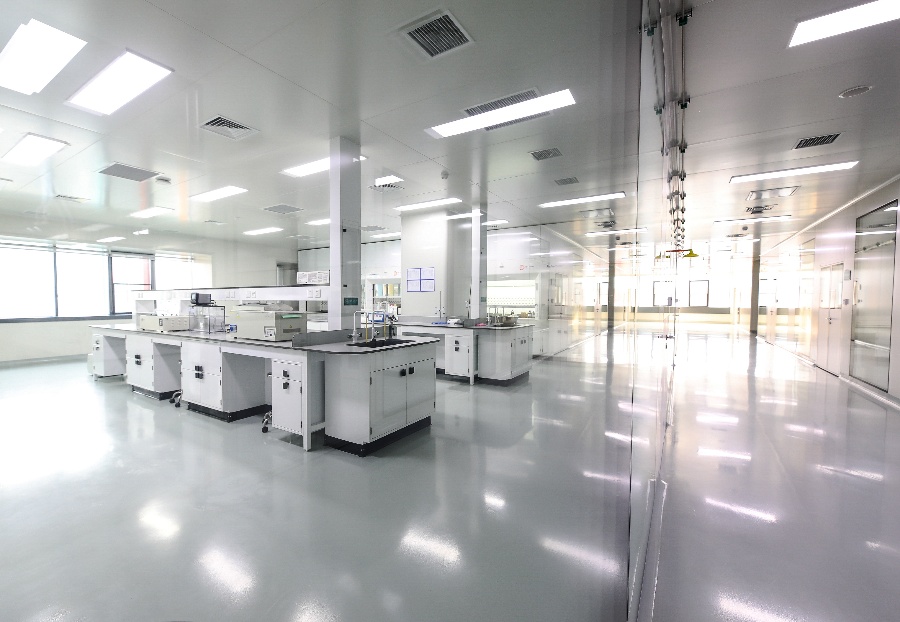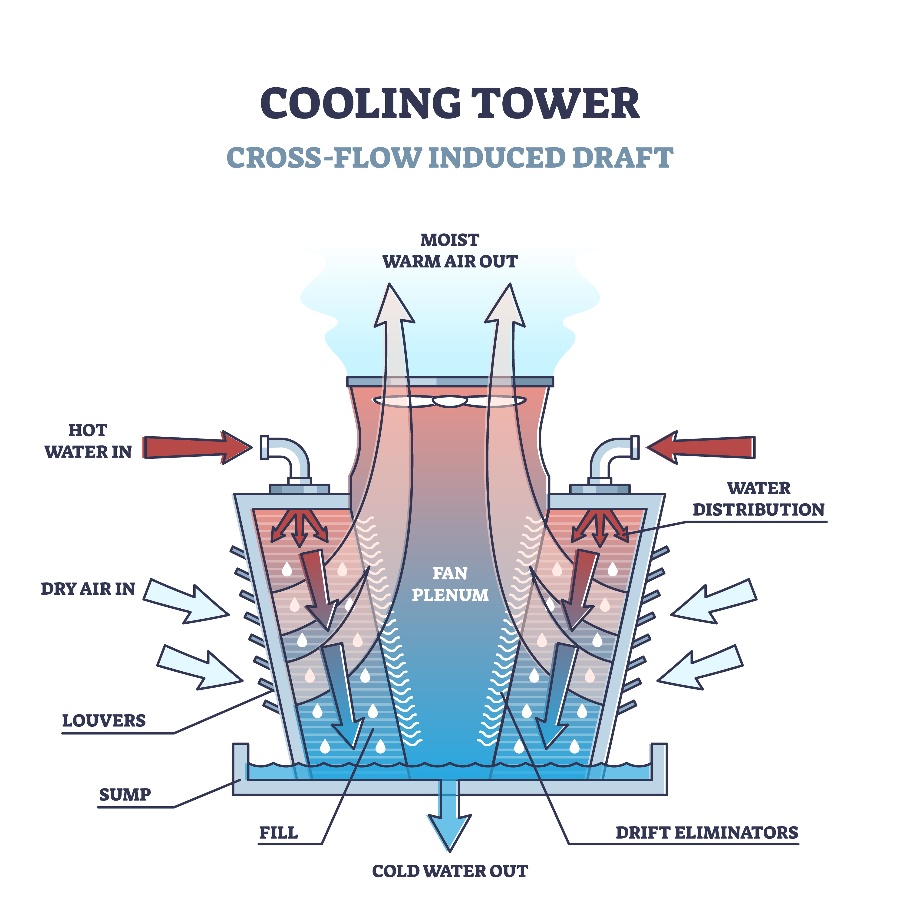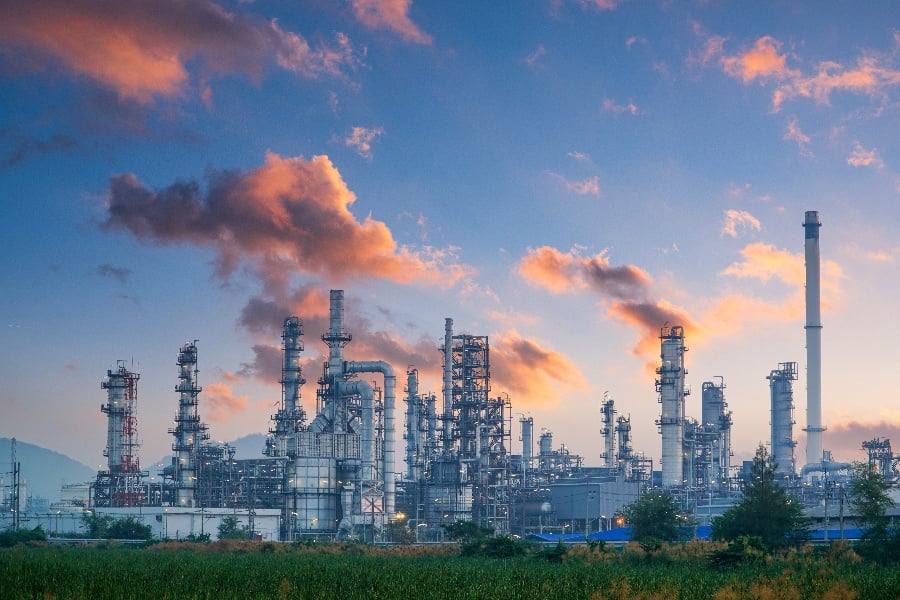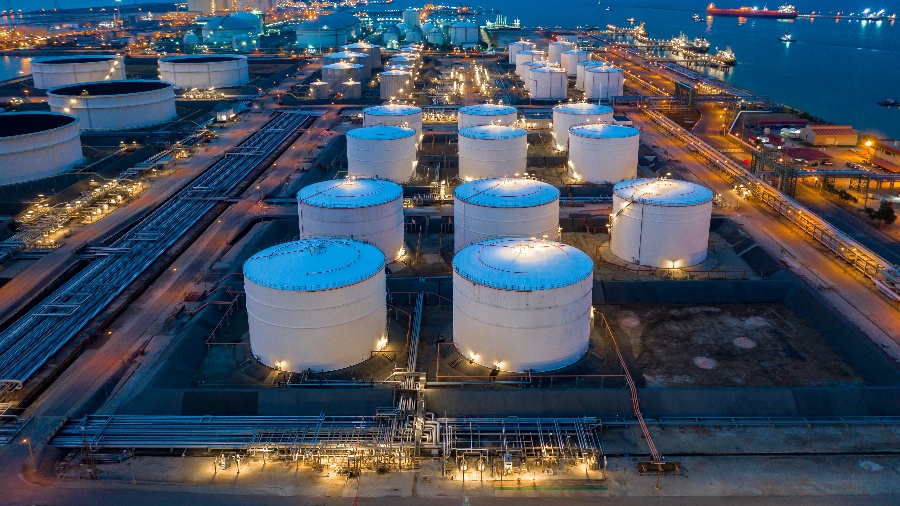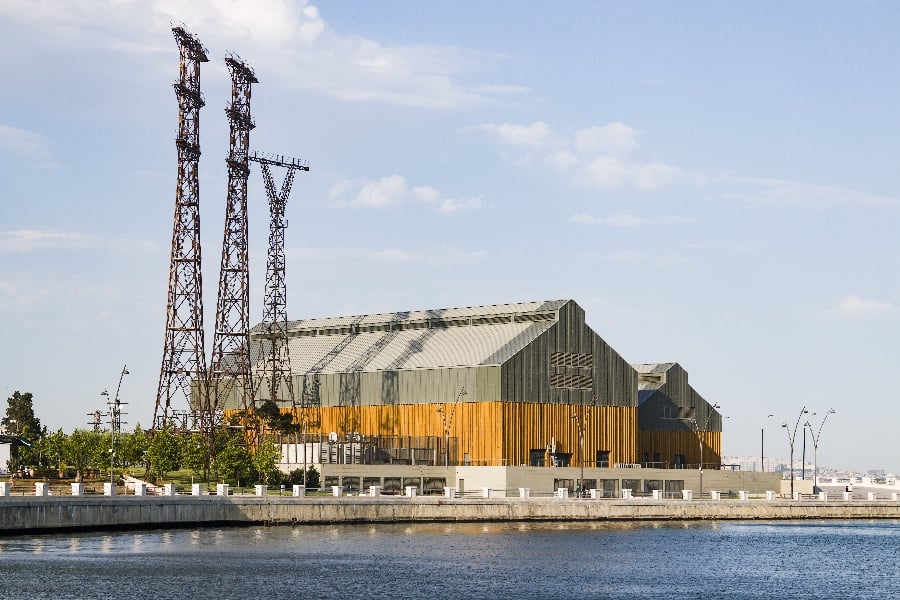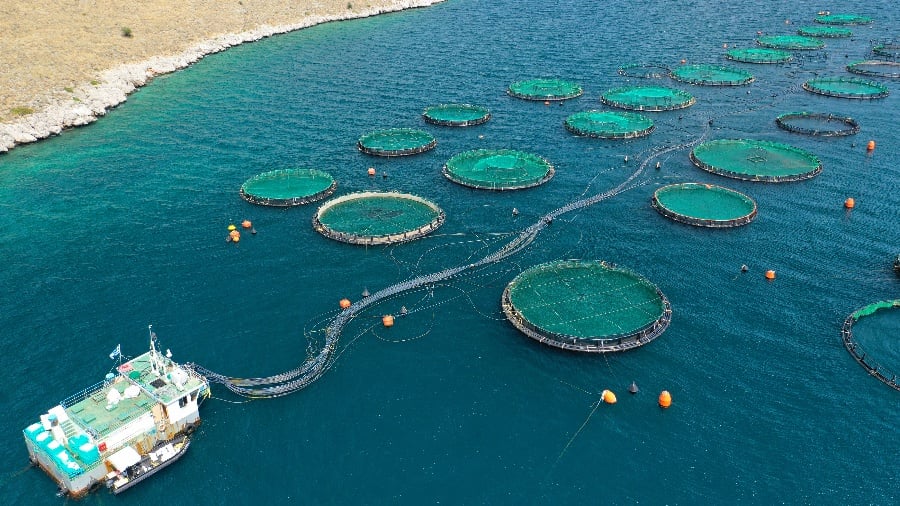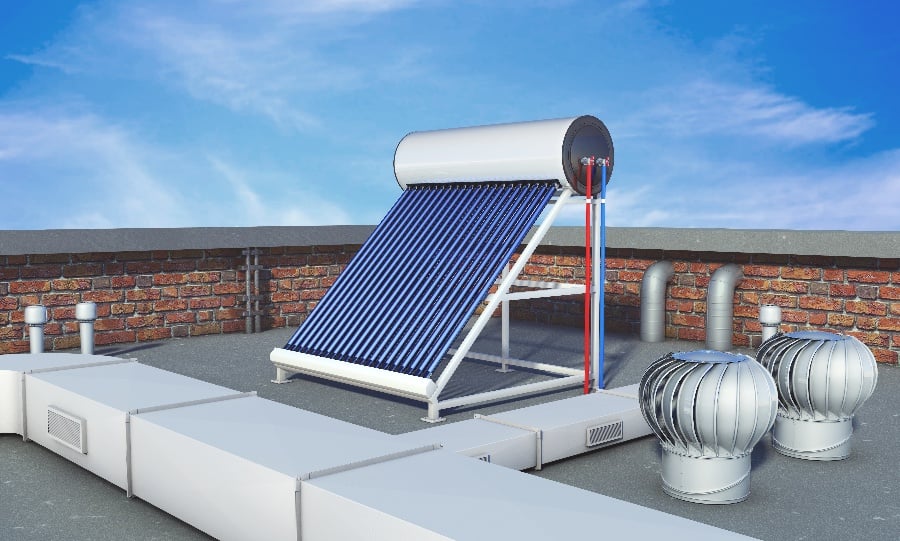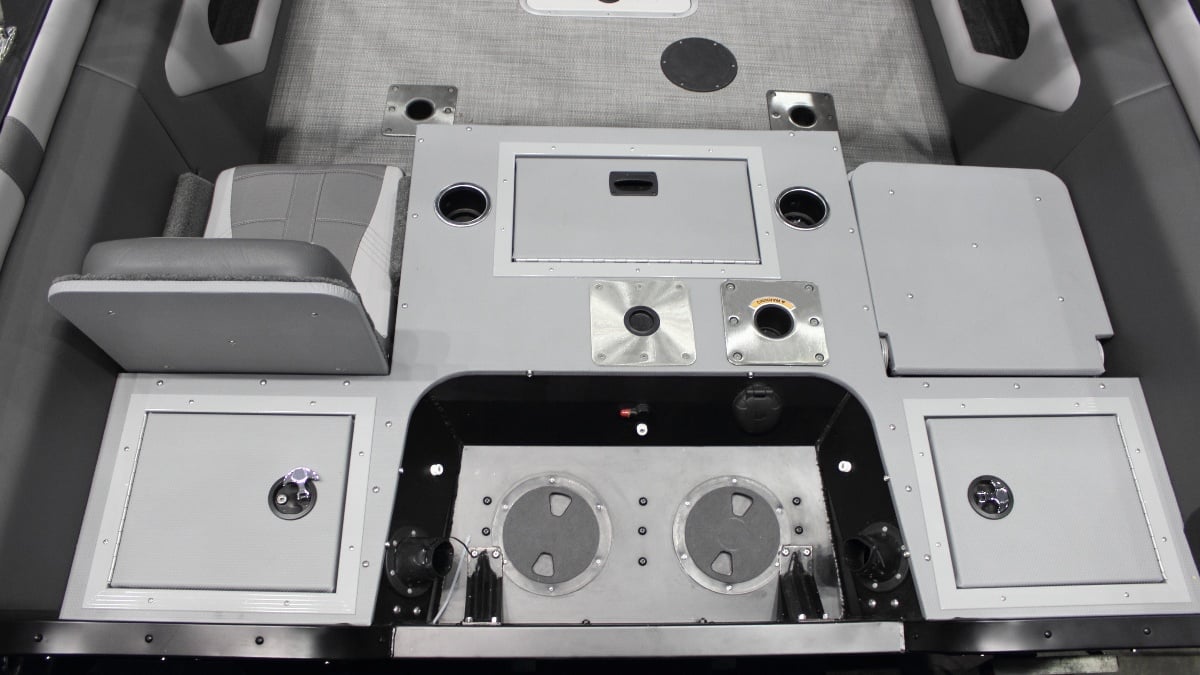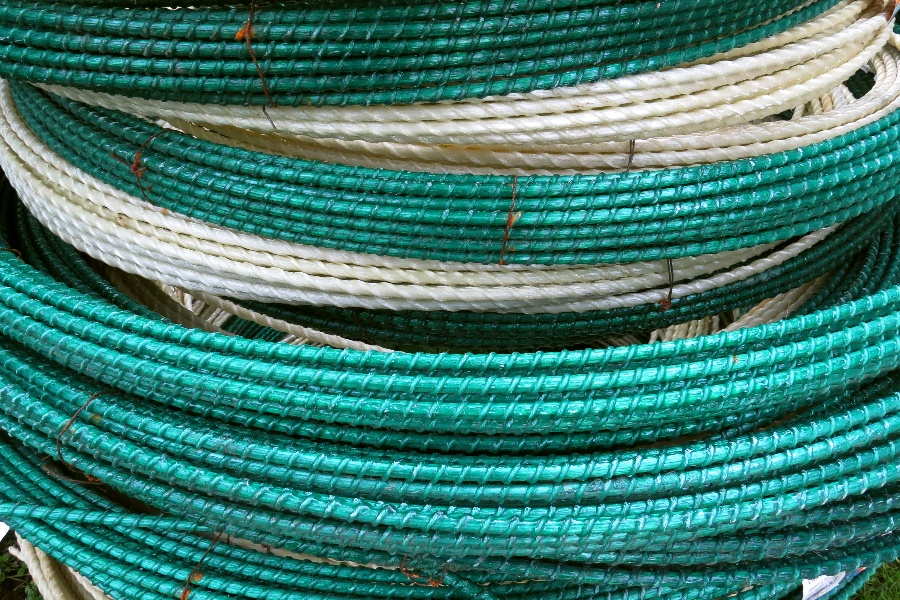
Fuel cells are an essential part of many modern devices, from cars to portable electronics. A fuel cell consists of two electrodes separated by an electrolyte, which allows electrons to flow between the two electrodes.
As the electrons flow, they create a current that can be used to power an electrical device.
There are a variety of fuel cells under development, each with its own advantages and disadvantages. The most common types of fuel cells include polymer electrolyte membrane (PEM) fuel cells, direct methanol fuel cells (DMFCs), molten carbonate fuel cells (MCFCs), ammonia fuel cells (AFCs), and solid oxide fuel cells (SOFCs).
Each type of fuel cell has unique characteristics that make it suitable for specific applications.
For example, PEM fuel cells are well suited for use in automobiles because they can start up quickly and operate at low temperatures. DMFCs are well suited for portable electronic devices because they can directly use methanol as fuel. MCFCs are well suited for power generation because they have high efficiency and can operate at very high temperatures.
SOFCs are well suited for stationary power applications because they can operate for many years without the need for replacement. AFCs are attractive because the power source can be created from renewable energy sources and can be used for electric vehicles.
Ammonia Fuel Cells
Ammonia fuel cells offer a number of advantages over other types of fuel cells. One key advantage is their high power-to-fuel-to-power (PFP) efficiency. Another important advantage is that the infrastructure for distributing ammonia is already in place. Additionally, ammonia has a high-octane rating, making it a safe and effective fuel. Finally, the narrow flammability range of ammonia makes it much less likely to explode than other fuels. These advantages make ammonia fuel cells an attractive option for many applications.
Developing effective, affordable housing for these fuel cells is necessary for ammonia fuel cell adoption.
Ammonia Fuel Cell Housing Design
One of the challenges of fuel cell design is to create a housing that is strong enough to withstand the high pressures inside the fuel cell while still being lightweight and compact. In addition, the housing must be leak-proof in order to prevent the escape of potentially dangerous substances.
The efficiency of a fuel cell increases with temperature, so it is important to keep the Reaction Temperature Zone (RTZ) as cool as possible. In order to achieve this, the housing around the RTZ must be an excellent conductor of heat. Unfortunately, most materials that are good conductors of heat are also very brittle, making them susceptible to cracking under high temperatures.
Fuel cell housings are typically made from metals such as stainless steel or titanium, which are strong and durable but also expensive. As fuel cells become more widespread, researchers are exploring alternative materials that could provide the same level of performance at a lower cost.
Composite Materials for Fuel Cell Housing
The fuel cells being developed for automotive applications need to be durable and heat resistant. For these reasons, composites are being investigated for use in the housing of fuel cells. Composites are made from two or more materials that have different physical or chemical properties.
When combined, these materials can create a material with properties that are different from those of the individual components. For example, a composite made from carbon fiber and epoxy resin is strong and lightweight. This makes it an ideal material for use in the automotive industry, where weight reduction is always a goal. In addition, composites can be tailored to meet the specific needs of a particular application. For example, the use of ceramic fibers in the composite can improve its heat resistance, making it an ideal material for use in high-temperature environments.
The benefits of using composites in fuel cell housings are evident. However, there are also some challenges that need to be addressed before they can be widely used. For example, the manufacturing process for composite materials is typically more expensive than traditional methods. In addition, composites can be difficult to work with and require specialized equipment. Despite these challenges, composites offer many advantages that make them a promising material for use in fuel cell housings.
With continued research and development, it is likely that more cost-effective and efficient fuel cells will become available in the future. There are a variety of different composite materials that can be used for this purpose, but one of the most promising is fiberglass-reinforced plastic (FRP). FRP is an ideal material for use in fuel cells because it meets all of the necessary performance criteria and is also relatively cost-effective.
Using FRP for Ammonia Holding Tank
Fiberglass-reinforced plastic is an excellent material choice for the construction of ammonia fuel cells housing. FRP offers a number of advantages over other materials, including high strength-to-weight ratio, low thermal expansion, and good chemical resistance. These properties make FRP an ideal material for applications where weight and dimensional stability are important considerations.
Chemical Resistance
Fiberglass-reinforced plastic (FRP) is an increasingly popular choice for ammonia storage applications because of its chemical resistance. FRP housing is made by combining layers of fiberglass and resin, which work together to create a durable, corrosion-resistant material. Ammonia is highly corrosive, so a tank made from FRP is an ideal solution.
Low Thermal Expansion
When designing a fuel cell, it is important to choose a material for the housing that will not expand or contract too much in response to changes in temperature. Otherwise, the fuel cell could be damaged or even destroyed. Fiberglass-reinforced plastic is an excellent choice for fuel cell housing because it has a very low thermal expansion. This means that it will not deform significantly when heated or cooled, making it ideal for use in fuel cells.
Overall, FRP is an ideal material for fuel cell housing and offers a number of advantages over other options.




